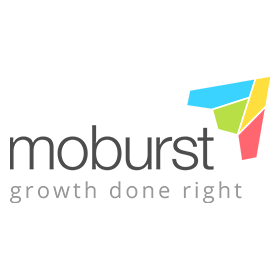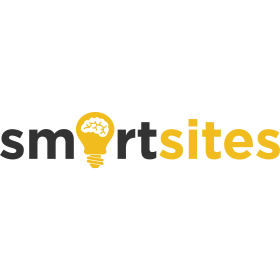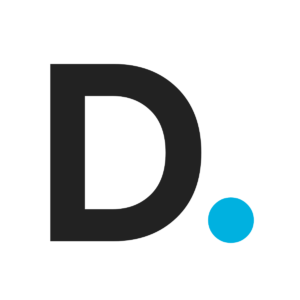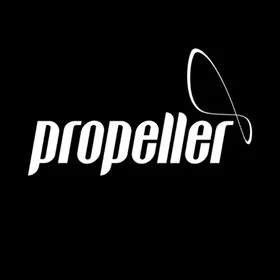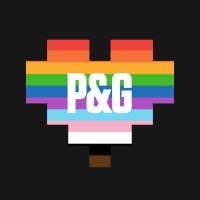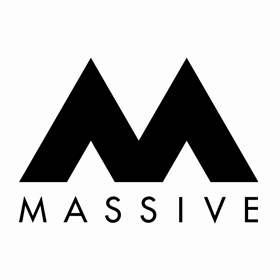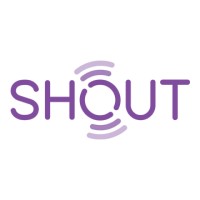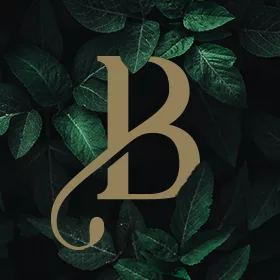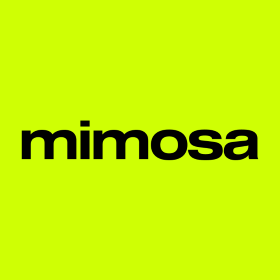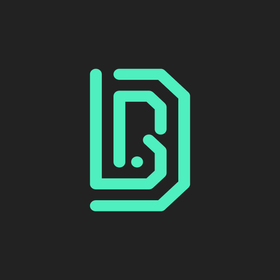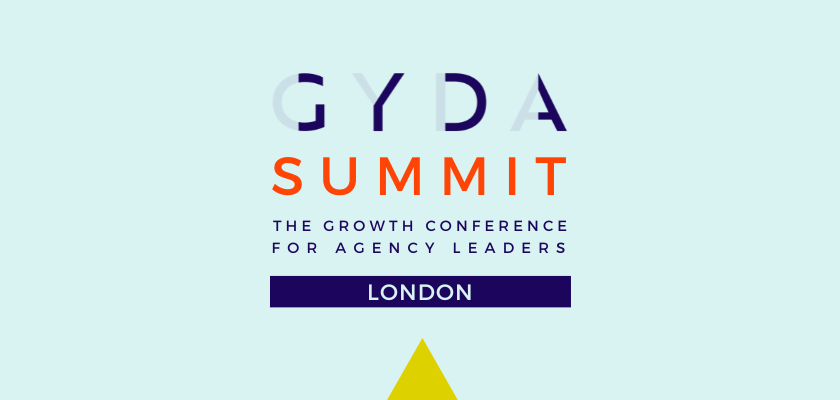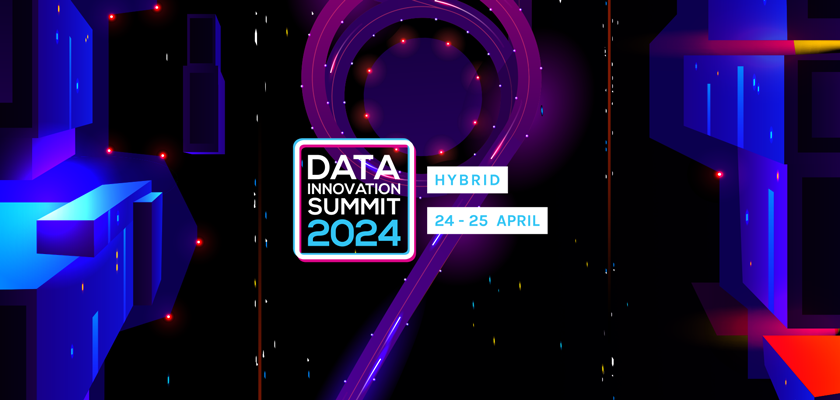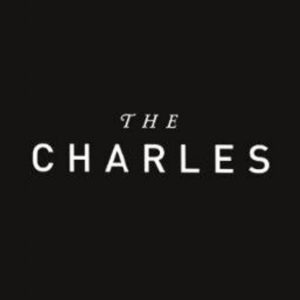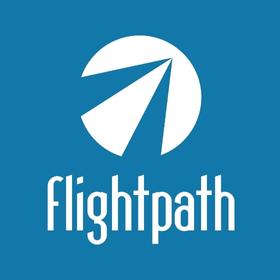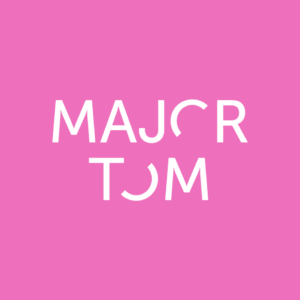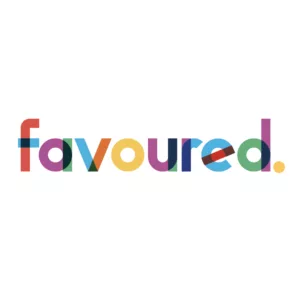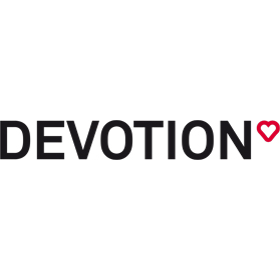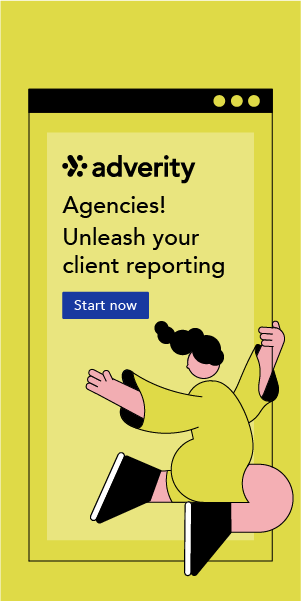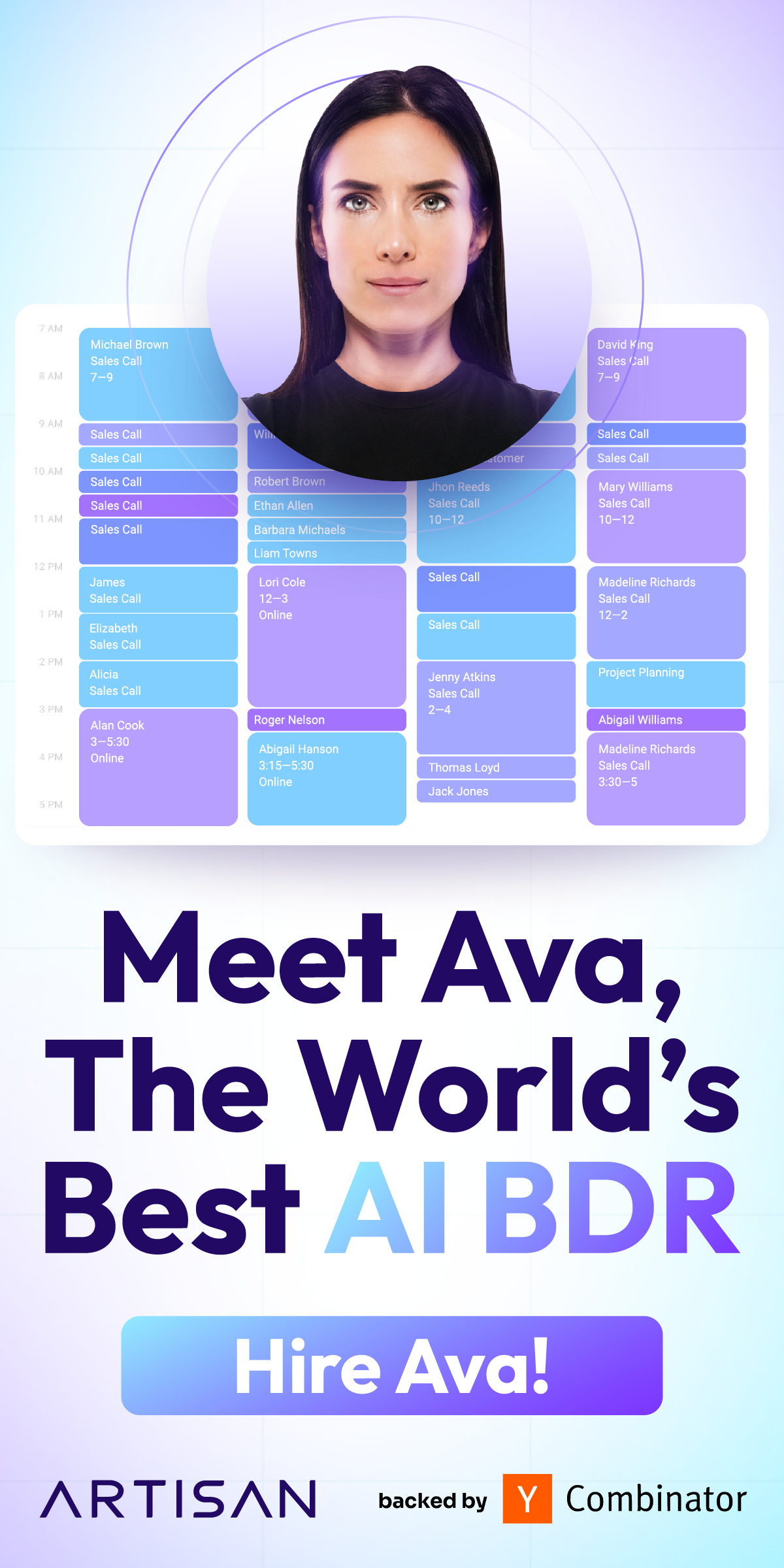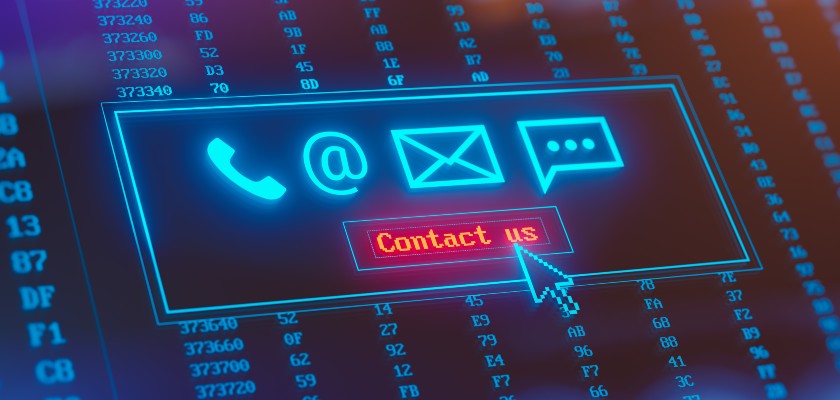
High-Converting Contact Us Pages for Digital Agencies: Boost Leads & Sales
Ever feel like your marketing agency website is a one-way street? You’re putting out great content, but potential clients just aren’t reaching out. The culprit might be a surprising one: your Contact Us page. Often overlooked, a well-designed Contact Us …

What is Neuromarketing and How Does it Work?
Have you ever found yourself giving into a spontaneous desire to make a purchase because an advertisement impressed you, the packaging appealed to you, or something just nudged you? Most likely, yes. Harvard studies suggest that 95% of purchasing decisions …

The Essential Guide to Consent Management Platforms (CMPs): Best Options Compared
Companies use a consent management platform (CMP) to legally capture a website or application user’s consent before tracking, collecting, sharing, selling, and processing the user’s data. However, with the rise of data privacy regulations like GDPR and CCPA, navigating the …

Working for a Digital Agency: Is Agency Career for You?
Ever imagine yourself in a whirlwind of creativity, strategy, and caffeine? If the dynamic world of digital marketing gets your heart racing, you may think that working as a marketer in an agency might be your dream job (and it’s …

Digital Marketing Agency Interview Guide: Common Questions & Strategies
Preparing for a digital agency interview involves understanding the scope of questions you might face, ranging from general questions about your background to detailed discussions on digital marketing strategies. With global digital advertising spending expected to reach $752.8 billion in …

Importance of Marketing for Media Software Companies
Marketing is critical for media software companies for several reasons First, marketing helps drive brand awareness and recognition. In a crowded software marketplace, companies need to differentiate themselves and make potential customers aware of their unique value proposition. Effective marketing …
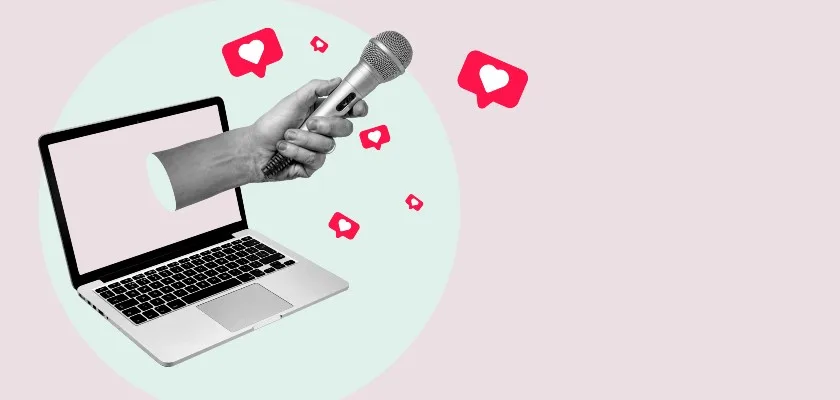
Top 10 Social Media Manager Interview Questions and Answers
Landed that coveted social media manager interview? Congratulations! You are now one step closer to being one of the 77% of social media managers (marketers) who find their jobs to be fulfilling. But now comes the prep – and with …

Winning Formula: Resume & Portfolio Examples to Impress Digital Marketing Agencies
As you set your sights on a career within a digital marketing agency, your first challenge is to make a memorable first impression. You’re most likely to know that the digital world is constantly evolving, thus digital marketing agencies are …

Can’t-Miss AI Marketing Conferences: Dates, Locations and Everything You Need to Know for 2024
In 2024, the calendar is packed with AI marketing conferences that promise to bring together the brightest minds in AI and marketing. Here are the top AI events you shouldn’t miss! The integration of artificial intelligence (AI) has opened new …

Inspiring Brand Awareness Campaign Examples with Big Impact
Did you know that consistent brand presentation across all platforms can increase revenue by up to 23%? In a world where consumers are bombarded with endless choices, the ability to recognize and recall your brand can be the difference between …
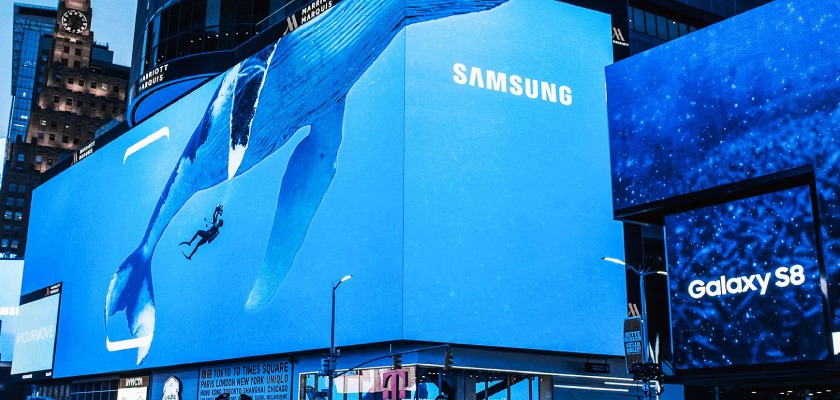
Take Notes On Samsung’s Marketing Strategy & Winning Marketing Campaigns
The world’s most tech-savvy, South-Korean rooted global brand, Samsung draws ...

Why Your Agency’s Website Needs a Contact Address (Even Without a Brick-and-Mortar Office)
The clarity and ease of access to your business information online, including your contact address on the website, are key to establishing trust and building credibility with your audience. You might think of it as a small detail, but it’s …

